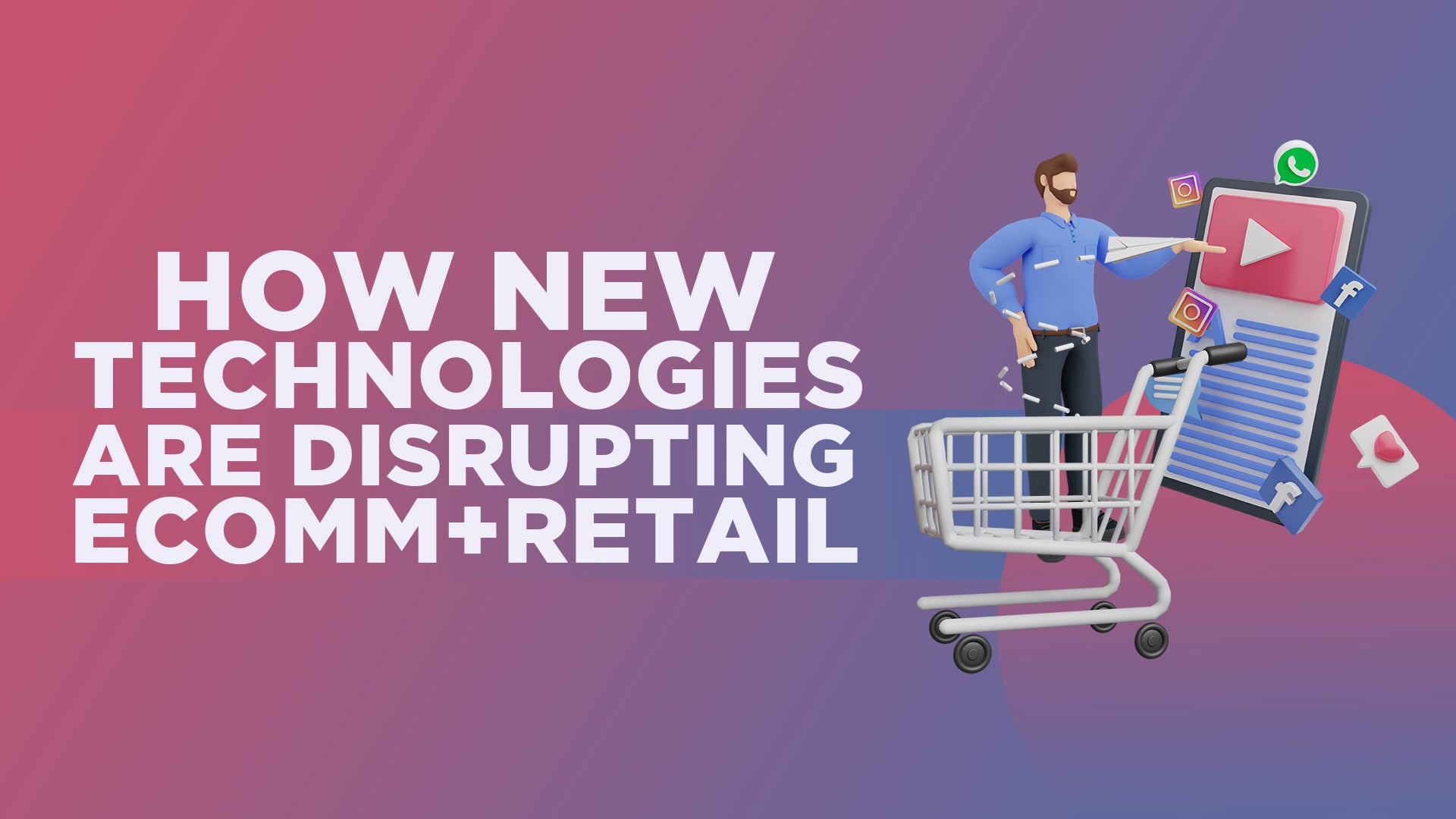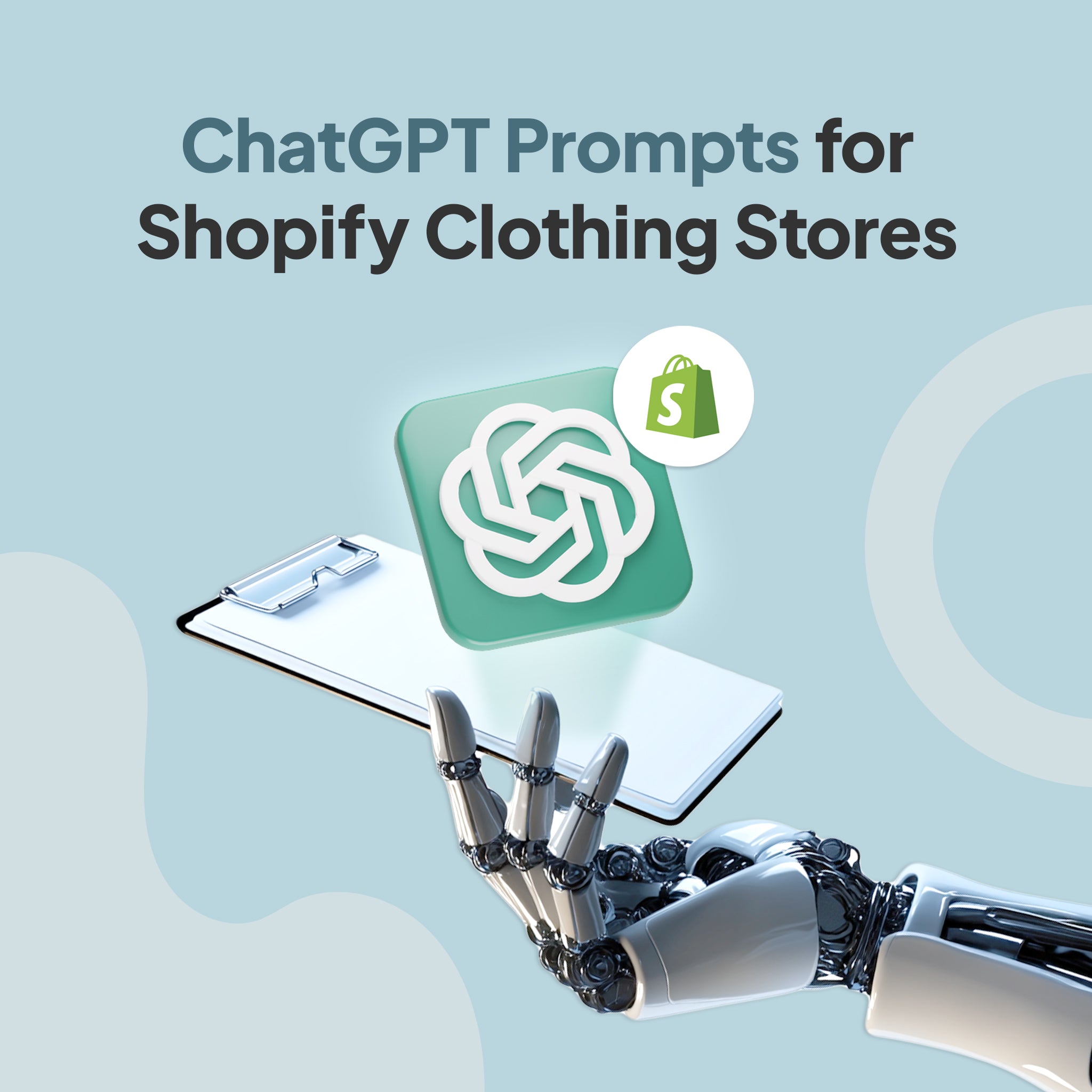We are in the midst of a technological revolution, and nowhere is that more apparent than in the world of e-commerce and retail. Here, new technologies are rapidly changing the way consumers shop and businesses operate.
Just a few decades back, online shopping was in its infancy. But today, it's a major industry that has disrupted traditional retail models, forcing companies to adapt or face the inevitable consequences. In 2021, e-commerce sales in the US were approximately $4.9 trillion. However, analysts predict this figure could grow by 50 percent over the next four years.
How did we get here, and what does the future hold for e-commerce? In this post, we'll look at some of the key technologies that have disrupted, and continue to disrupt, e-commerce.
Improved Personalized Shopping Experiences
Personalized shopping experiences are a type of customer service that uses data and technology to tailor the shopping experience to each customer. By understanding a customer's preferences, history, and behaviors, businesses can recommend products, services, or content that is more likely to be of interest to them.
Such personalized treatment has been shown to increase customer satisfaction and loyalty, as well as conversion rates and average order values. While the idea of personalizing shopping experiences is not new, it has begun to disrupt retail and e-commerce sales in recent years as more businesses have adopted the necessary technology.
Customers have become more accustomed to receiving personalized service from companies like Amazon and Netflix, so they expect the same level of customization from all businesses, regardless of size or industry. Software engineers and data scientists are constantly developing new ways to analyze customer behavior to better predict their shopping patterns. It can be difficult for smaller businesses to compete.
Progressive Web and Mobile Apps are Changing Customer Support
The rise of progressive web and mobile apps has led to a major change in the way online retail stores interact with their customers. In the past, businesses typically had a customer service team that would handle all customer inquiries by mail and phone.
However, this is no longer the most effective way to reach customers, as many online shoppers now prefer to communicate through text or instant messaging.
Online clothing stores are now turning to websites and apps with chatbots to provide customer support. Chatbots are computer programs that can mimic human conversation. They're becoming increasingly popular among businesses of all sizes because chatbots can provide 24/7 customer support without needing a human customer service team.
Such technological and artificial intelligence advances have disrupted the e-commerce and retail industry, allowing more businesses to develop better customer relationships.
Smartphone Use Continues to Grow
The increase in smartphone usage has had a major impact on e-commerce and retail. Our reliance on smartphones continues to grow at an incredible rate, with over six billion people using them worldwide. This trend is only set to continue, with analysts predicting there will be over seven billion smartphone users by 2025. Customers now use their phones to research products, compare prices, and make purchases.
Social media usage has also increased alongside the growth in smartphone usage. Over 4.6 billion people now use social media regularly, and this number is only set to grow. Social media platforms like Instagram, Facebook, and Snapchat have become major influencers in the world of online shopping. Customers often use social media to discover new products, get recommendations from friends, and learn more about the businesses they're interested in.
What does this all mean for e-commerce and retail? How do you stand out from the e-commerce crowd? You need to be where your customers are, and right now, that means having a strong presence on both smartphones and social media. Companies that fail to do this will likely lose out to their more agile competitors.
Improved Delivery Systems
The improved delivery systems have led to a significant increase in online shopping, as customers no longer have to put up with the inconvenience of long delivery times. In the past, shopping online was often a frustrating experience due to mail delays. Customers would often have to wait weeks for their orders to arrive, and if something went wrong with the delivery, they would have to start the process all over again.
However, shopping online is a much more convenient experience thanks to improved delivery systems. Customers can now choose from a variety of delivery options, including same-day or even two-hour delivery. And if something goes wrong with the delivery, businesses are now better equipped to handle customer complaints and resolve the issue quickly.











Share:
5 Ways to Prevent eCommerce Cart Abandonment
Marketing a Women’s Online Clothing Boutique